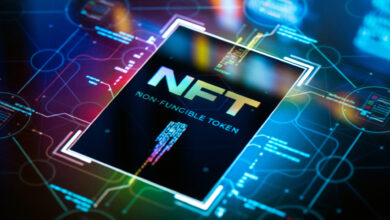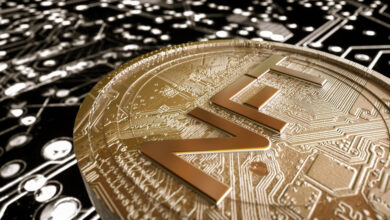NFT Token Price Today Complete Market Analysis Trends & Investment Guide 2025
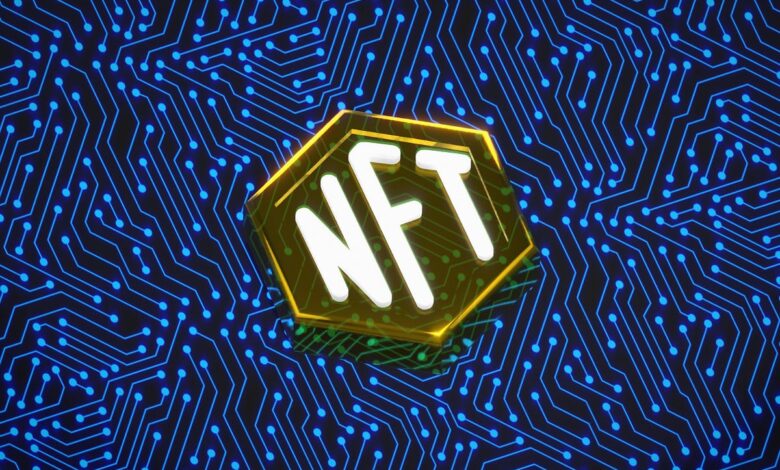
The digital asset landscape continues to evolve rapidly, and understanding NFT token price today has become crucial for investors, collectors, and enthusiasts alike. As we navigate through 2025, the non-fungible token market presents both exciting opportunities and complex challenges that require careful analysis and understanding.
The current NFT market showcases diverse pricing patterns across various collections and platforms. From established blue-chip collections to emerging projects, the NFT token price today reflects broader market sentiment, technological innovations, and shifting investor preferences. Whether you’re tracking individual token prices, collection floor prices, or overall market capitalization, staying informed about current pricing trends is essential for making educated decisions in this dynamic space.
Understanding today’s NFT token prices goes beyond simple numbers – it involves analyzing market mechanics, technological developments, regulatory changes, and community sentiment. This comprehensive guide will explore current market conditions, analyze pricing trends, and provide valuable insights to help you navigate the ever-changing NFT landscape effectively.
Current NFT Market Overview and Token Prices Today
The global NFT market presents a complex picture in 2025, with significant variations in pricing across different categories and platforms. The global NFT market cap today is $6.84 billion, a 9.6% change in the last 24 hours. Total NFT sales volume in the last day is $10.7 million, representing a 24.7% change. This data illustrates the volatile nature of NFT pricing and the importance of real-time monitoring.
Several factors contribute to the current pricing environment for NFT tokens. Market sentiment plays a crucial role, as investor confidence directly impacts floor prices and trading volumes. Additionally, the introduction of new blockchain technologies and platforms has created more diverse pricing structures across different ecosystems.
The pricing landscape varies significantly between different types of NFT tokens. Art-based collections often maintain higher floor prices due to cultural significance and brand recognition, while utility-focused NFTs derive their value from functional applications and ecosystem participation. Gaming NFTs represent another category where token prices fluctuate based on gameplay mechanics and in-game utility.
Platform-specific pricing also affects overall market dynamics. Ethereum-based NFTs traditionally command higher prices due to network effects and early adoption, while newer blockchain networks like Solana and Bitcoin Ordinals are gaining traction with competitive pricing structures. Understanding these platform differences is essential for comprehensive price analysis.
Top NFT Collections and Their Price Performance
Leading NFT collections continue to set market trends and establish pricing benchmarks across the industry. Established projects like CryptoPunks, Bored Ape Yacht Club, and Art Blocks maintain significant market positions despite broader market fluctuations. These blue-chip collections often serve as barometers for overall market health and investor sentiment.
In terms of the highest price of NFTs sold, there are many record-breaking sales that have taken place over the past years. For example, pseudonymous digital artist Pak’s Merge fetched US$91.8 million on NFT auction platform Nifty Gateway in December 2021. While such extreme prices are rare, they demonstrate the potential value ceiling for exceptional NFT pieces.
Emerging collections are also making significant impacts on the pricing landscape. New projects often launch with lower entry points but can experience rapid price appreciation based on community growth, utility implementation, and market adoption. These projects represent both higher risk and potentially higher reward opportunities for investors.
Gaming and metaverse NFTs have established their pricing categories, with values often tied to in-game utility and ecosystem participation. Projects like Axie Infinity, The Sandbox, and Decentraland have created sustainable pricing models based on actual usage and economic activity rather than purely speculative trading.
The rise of Bitcoin NFTs through the Ordinals protocol has introduced new pricing dynamics to the market. According to CryptoSlam, the Bitcoin blockchain is now ranked second after Ethereum in NFT trading volume and sales. This development has expanded the NFT market beyond Ethereum, offering collectors and investors more diverse pricing opportunities.
RealTime NFT Price Tracking and Analysis Tools
Effective price monitoring requires utilizing multiple platforms and tools to gather comprehensive market data. Leading platforms like OpenSea, Magic Eden, and LooksRare provide real-time floor price information, while specialized analytics tools offer deeper insights into market trends and collection performance.
NFT Price Floor is committed to providing this data, making it easier for traders and collectors to make informed decisions. An NFT Market Cap or NFT Floor Market Cap is an indispensable metric for gauging the relative market weight of a specific NFT project. These metrics help investors understand collection values beyond individual token prices.
Advanced analytics platforms provide additional layers of market intelligence, including whale wallet tracking, rarity analysis, and historical price performance. These tools enable more sophisticated investment strategies by revealing patterns and trends not immediately apparent through basic price monitoring.
Cross-platform price comparison is essential due to variations in listing prices and trading volumes across different marketplaces. Some collections may trade at premium prices on certain platforms while maintaining lower floors on others, creating arbitrage opportunities for informed traders.
Mobile applications and browser extensions now provide convenient access to real-time pricing information, allowing collectors and investors to monitor their portfolios and market opportunities throughout the day. These tools have democratized access to professional-level market intelligence.
Factors Influencing NFT Token Prices Today
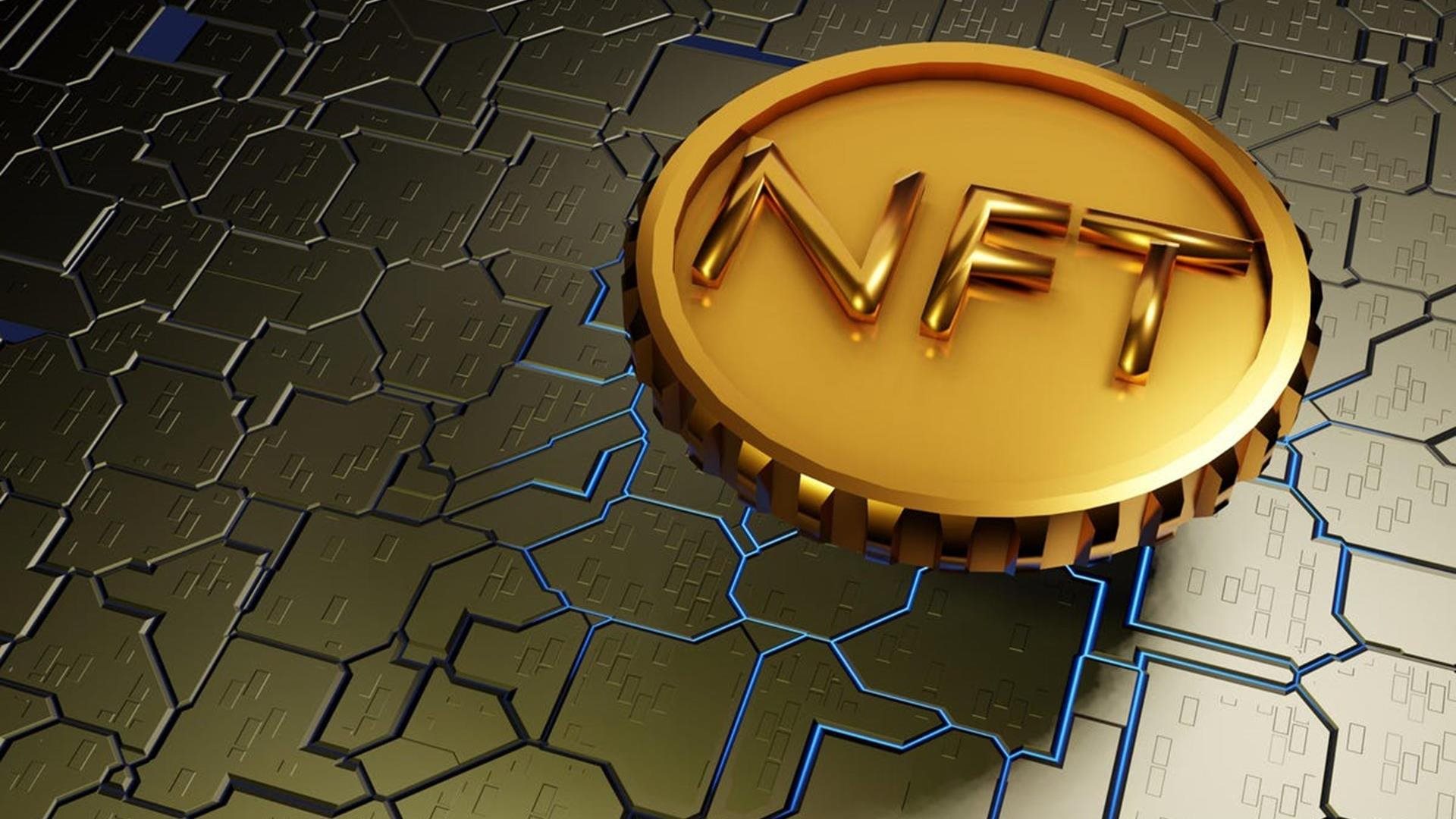
Multiple interconnected factors contribute to current NFT token pricing, creating a complex ecosystem of value determination. Market sentiment remains one of the most significant drivers, with social media trends, celebrity endorsements, and community engagement directly impacting collection floor prices and trading volumes.
Technological developments continue to shape pricing dynamics across the NFT space. The implementation of new standards, layer-2 scaling solutions, and cross-chain functionality affects both the utility and perceived value of different token types. These technical improvements often lead to price appreciation as they enhance user experience and expand market accessibility.
Regulatory developments play an increasingly important role in NFT pricing, as government policies and legal frameworks evolve globally. Clear regulatory guidelines generally support market stability and investor confidence, while uncertainty can lead to price volatility and reduced trading activity.
Celebrity and brand involvement significantly impacts NFT token prices, particularly in the art and collectibles categories. High-profile partnerships and endorsements can drive substantial price increases, while negative publicity or association issues can have the opposite effect.
Utility and functionality integration represents a growing influence on NFT pricing. Tokens that provide access to exclusive content, gaming features, or community benefits often maintain stronger price floors compared to purely collectible items. This trend toward utility-focused pricing is expected to continue growing.
NFT Investment Strategies Based on Current Market Prices
Developing effective investment strategies requires understanding current market conditions and pricing trends across different NFT categories. Dollar-cost averaging remains a popular approach for building positions in established collections, allowing investors to mitigate timing risks while accumulating assets over time.
Floor price monitoring strategies involve identifying collections with strong fundamentals trading below historical averages, presenting potential value opportunities. This approach requires careful analysis of collection metrics, community strength, and long-term utility prospects.
Rarity-based investing focuses on acquiring uncommon traits within collections at reasonable multiples to floor prices. This strategy requires deep knowledge of collection metadata and trait distribution, as well as understanding which characteristics the community values most highly.
Diversification across different blockchain networks and NFT categories can help reduce portfolio risk while capturing opportunities in various market segments. Balancing exposure between established collections and emerging projects allows for both stability and growth potential.
Timing strategies involve monitoring market cycles and sentiment indicators to optimize entry and exit points. Understanding seasonal patterns, major event impacts, and macroeconomic influences can improve investment outcomes significantly.
Emerging Trends Affecting NFT Token Prices
Real-world asset (RWA) tokenization is rapidly emerging as one of the top NFT trends of 2025, revolutionizing how physical and tangible assets are represented and traded in the digital world. This trend is creating new pricing categories and expanding the total addressable market for NFT investments.
Artificial intelligence integration is transforming both NFT creation and valuation processes. AI-generated collections are establishing their pricing tiers, while AI-powered analytics tools are improving price prediction accuracy and market efficiency.
Gaming and metaverse integration continue to drive utility-based pricing models. As virtual worlds become more sophisticated and economically viable, NFTs with in-game functionality are developing sustainable value propositions beyond speculative trading.
Environmental sustainability concerns are influencing pricing decisions, with eco-friendly blockchain networks gaining preference among environmentally conscious collectors. This trend is creating price premiums for NFTs minted on proof-of-stake networks compared to energy-intensive alternatives.
Cross-chain compatibility and interoperability are becoming increasingly important for NFT valuations. Collections that can operate across multiple blockchain networks often command premium prices due to their enhanced utility and broader market accessibility.
Popular NFT Marketplaces and Price Variations
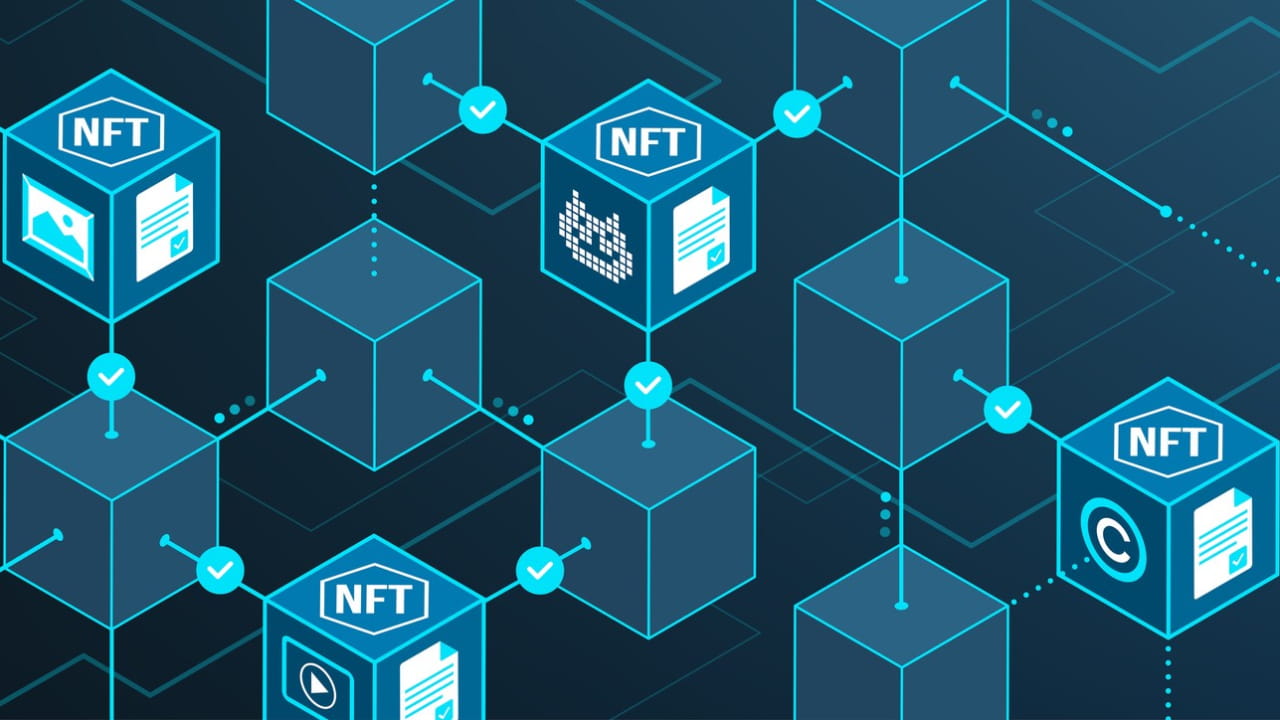
Different NFT marketplaces exhibit varying price levels and trading patterns, creating opportunities for informed traders and collectors. OpenSea remains the dominant platform for Ethereum-based NFTs, often setting price benchmarks for major collections across the industry. Magic Eden has emerged as the leading Solana NFT marketplace, offering lower transaction fees and faster settlement times.
Price levels on Magic Eden often differ from Ethereum-based platforms due to network-specific factors and user demographics. Specialized marketplaces like SuperRare and Foundation focus on curated art collections, typically maintaining higher price floors due to their selective approach and quality focus. These platforms often command premium pricing for featured artists and collections.
Emerging platforms on alternative blockchains are creating new pricing dynamics and opportunities. Marketplaces on networks like Polygon, Avalanche, and Cardano offer different fee structures and user experiences that can affect token pricing significantly. Cross-platform arbitrage opportunities exist due to pricing discrepancies between marketplaces, though transaction fees and time delays must be carefully considered when evaluating potential profits from these strategies.
Technical Analysis for NFT Token Prices
Applying technical analysis principles to NFT pricing requires adapting traditional financial analysis methods to the unique characteristics of digital collectibles. Volume analysis remains relevant, as high trading volumes often precede significant price movements in collection floor prices. Support and resistance levels can be identified in collection pricing charts, particularly for established projects with longer trading histories.
These levels often align with psychological price points and historical trading ranges. Moving averages provide useful trend identification tools for collection performance analysis. Short-term moving averages can help identify momentum shifts, while longer-term averages indicate overall collection health and market position.
Relative strength analysis between collections within similar categories can reveal outperforming and underperforming assets, providing insights for rotation strategies and comparative value assessment. On-chain analysis adds another dimension to NFT technical analysis, examining wallet behavior, holder distribution, and transaction patterns to gain insights into collection strength and potential price movements.
Risk Management in NFT Token Investments
Effective risk management is crucial for NFT investors due to the high volatility and illiquidity characteristics of most digital collectibles. Position sizing strategies should account for the potential total loss of investment value, as NFT markets can experience rapid and severe corrections. Liquidity risk assessment involves understanding trading volumes and holder behavior for specific collections.
Collections with low trading volumes or concentrated ownership may be difficult to exit during market downturns. Platform risk considerations include the stability and reputation of marketplaces and blockchain networks. Technical failures, security breaches, or regulatory actions can significantly impact NFT values and market accessibility.
Counterparty risk exists in peer-to-peer trading and over-the-counter transactions, requiring careful verification of trading partners and use of secure transaction methods. Diversification strategies should span multiple collection categories, blockchain networks, and price ranges to reduce overall portfolio risk while maintaining growth potential.
Future Outlook for NFT Token Prices
The long-term outlook for NFT token prices depends on several key factors, including mainstream adoption, technological improvements, and regulatory clarity. Solana, one of the most speculative networks out there, has surpassed Ethereum as the main destination for many activities related to non-fungible tokens. This shift demonstrates the evolving competitive landscape among blockchain networks.
Institutional adoption is expected to provide price stability and legitimacy to the NFT market, as traditional finance companies and corporations integrate digital collectibles into their business models and investment portfolios. Integration with traditional media, entertainment, and gaming industries will likely create sustainable demand for specific NFT categories, supporting long-term price appreciation for collections with strong utility propositions.
Technological developments in virtual and augmented reality may significantly expand the addressable market for NFTs, particularly those with metaverse applications and 3D functionality. Regulatory frameworks are expected to provide clearer guidelines for NFT trading and ownership, potentially reducing some current market uncertainties while establishing standards for investor protection.
Also Read: NFT Trading Strategies for Beginners Complete Guide to Profitable Trading
Conclusion
Understanding NFT token price today requires a comprehensive analysis of multiple factors, including market sentiment, technological developments, and collection-specific fundamentals. The dynamic nature of NFT markets demands continuous monitoring and informed decision-making to capitalize on opportunities while managing risks effectively.
Current market conditions present both challenges and opportunities for NFT investors and collectors. By staying informed about pricing trends, utilizing proper analytical tools, and implementing sound investment strategies, participants can navigate this evolving landscape successfully.
For the most current NFT token price today information and market analysis, bookmark this guide and regularly check reputable marketplaces and analytics platforms. The NFT market continues to mature, and staying informed about pricing developments will be crucial for long-term success in this exciting digital asset category.

